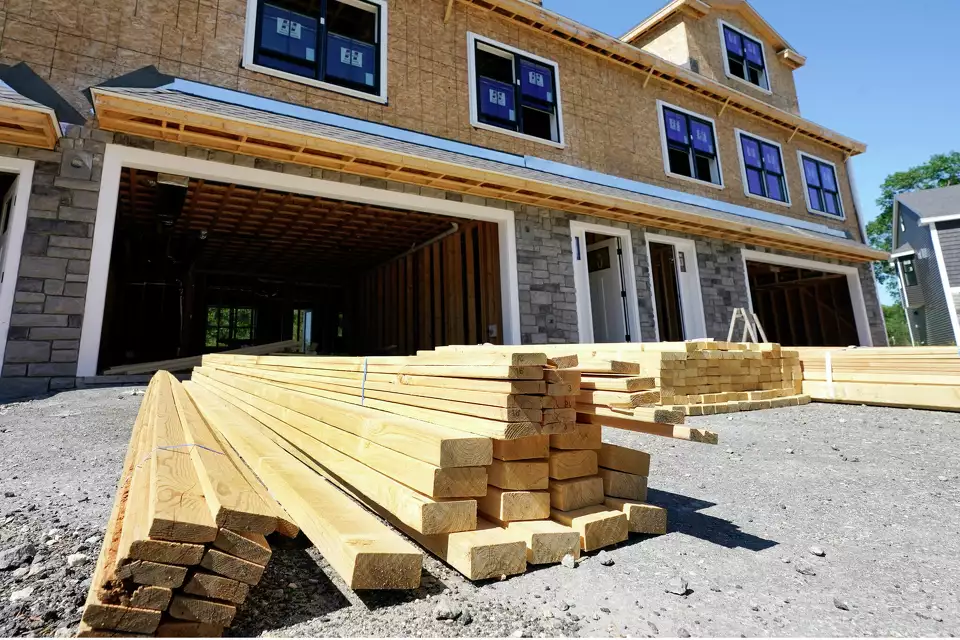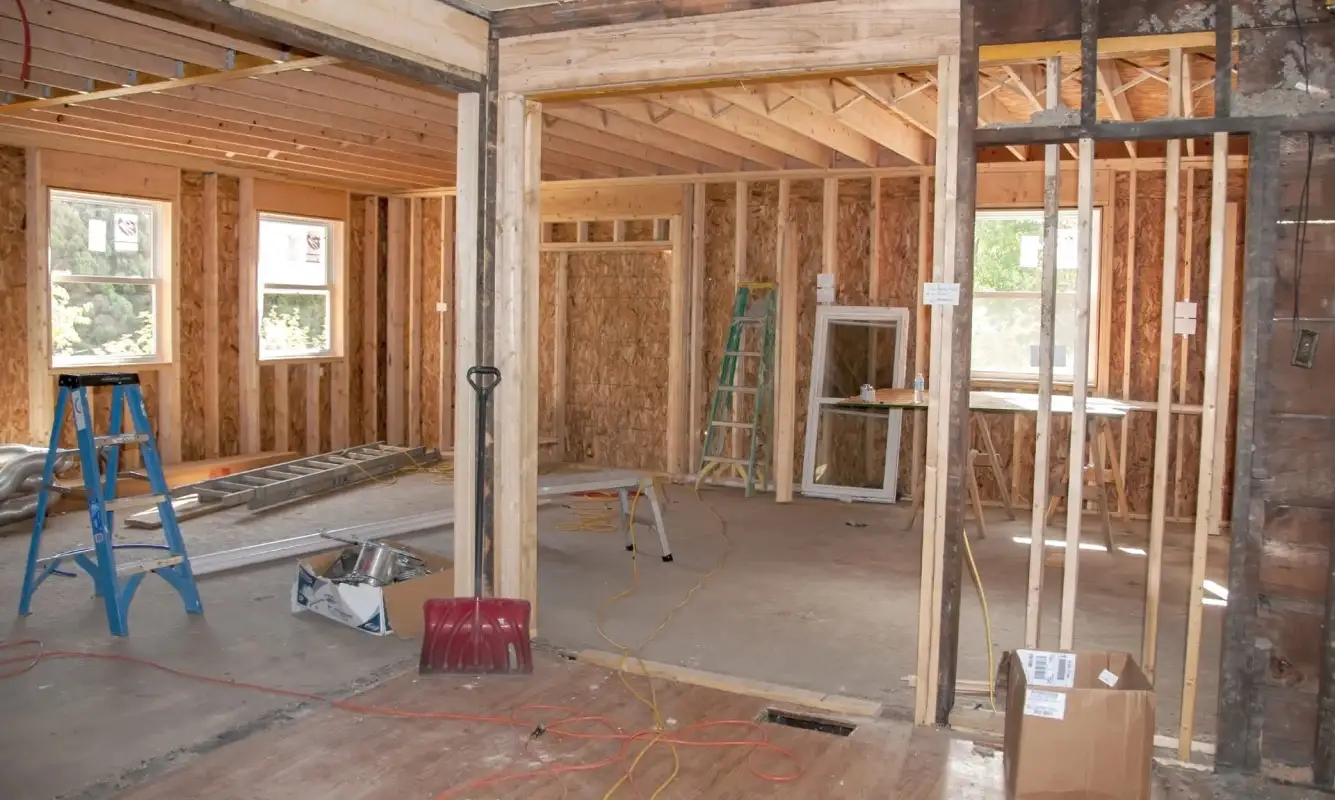🚨 The Rising Cost Crisis Facing New Homes in 2025
In a market already burdened by high mortgage rates, limited housing inventory, and labor shortages, U.S. home builders now face yet another challenge — tariffs on imported construction materials. These newly enforced tariffs, particularly on Canadian softwood lumber, are expected to increase the cost of an average new home by $10,000 to $11,000, sparking widespread concern across the real estate and construction industries.
As of today, June 21, 2025, leading builders, trade groups, and economists are issuing clear warnings: these tariffs are not just economic policy—they're a direct hit to housing affordability.
📦 What’s Being Tariffed and Why It Matters
The most impactful of these tariffs centers on softwood lumber imports from Canada, which historically supply a major portion of the wood used in U.S. home construction. Once taxed at 8.5%, the new rates have risen first to 14.5%, and now potentially up to 34.5% — depending on ongoing trade negotiations and enforcement by U.S. authorities.
Lumber, of course, is just the start. Builders are also grappling with surging costs for:
🧱 Drywall
🪵 Plywood
🔩 Steel and aluminum fixtures
💡 Light fittings and electrical components
🛠️ Plumbing materials
🏗️ Roofing products and insulation
When you’re building a single-family home, even a 5% uptick in material costs can snowball into thousands of dollars extra per unit. Multiply that across hundreds or thousands of units for large developers, and the economic impact grows exponentially.
🧱 The Builder's Reality: Tight Margins, Shrinking Options
Builders aren’t just worried—they’re adjusting their models. According to the National Association of Home Builders (NAHB), the average cost of materials now comprises nearly 60% of the overall construction budget in many parts of the country. With these new tariffs, builders are being forced to either pass the costs on to buyers or eat into their already tight margins.
Some smaller construction firms are reportedly delaying or cancelling planned developments, citing cost uncertainty. Others are attempting to lock in contracts with domestic suppliers before tariffs increase further, but competition and limited availability are making that route difficult too.
📊 How Tariffs Are Affecting Homebuyers
Homebuyers are feeling the pinch, especially first-time buyers and those building entry-level homes.
With average new construction home prices already over $400,000, the additional $10,000 to $15,000 in projected material-related costs pushes affordability out of reach for many. That increase often means a higher mortgage burden or the need to cut costs elsewhere—possibly sacrificing features or delaying the purchase altogether.
In short: the dream of owning a new home is drifting further out of reach for thousands of American families.
📉 Housing Starts Drop as Builders Back Off
The housing industry’s nervous reaction is already visible in the data. In May 2025, housing starts fell nearly 9.7% nationwide—marking the lowest number of new builds since 2019.
Industry leaders link this directly to the twin pressures of rising interest rates and material costs. Builders are hesitant to start new projects without confidence in profitability or market demand. It’s a vicious cycle: fewer homes mean more demand and higher prices, which further locks out would-be buyers.
🔍 Expert Voices: What Industry Leaders Are Saying
“Tariffs on essential materials like lumber and steel are effectively acting as a tax on American homebuyers,” said one national homebuilder spokesperson. “While the policy may aim to protect domestic production, it’s doing the opposite by stalling new home supply.”
Several construction economists have echoed this view, predicting that unless the tariffs are reversed or offset, the long-term effect could be a significant reduction in new housing inventory.
Real estate analysts also note that as new home prices climb, the demand will shift back to the resale market, potentially driving up existing home prices even further and worsening the affordability crisis.
💬 Real Stories from Builders on the Ground
Across the U.S., smaller contractors are feeling the pressure first. In Texas, a builder who specializes in affordable single-story homes shared that their standard model has increased in cost by nearly $11,800 since April. “We had to pull three homes from the summer pipeline because the math just doesn’t work anymore.”
In Georgia, another construction company is reportedly switching suppliers entirely—sourcing from domestic lumber mills at nearly 20% higher base cost, just to avoid regulatory delays and pricing instability.
And in Oregon, builders near the coast say that their dependency on Canadian plywood is so strong that delays in shipments due to new inspection protocols have caused projects to fall two months behind schedule.
⚖️ What This Means for Policy and the Economy
Economically, the ripple effect of construction slowdowns is massive. New home builds don’t just affect homebuyers—they also support:
🧰 Contractors
🏢 Appliance manufacturers
🚪 Door and window companies
🚚 Transportation firms
🏪 Hardware and material retailers
👷 Thousands of workers across the housing supply chain
When the housing engine slows down, so does local economic growth.
Policy analysts warn that tariffs meant to “protect” U.S. manufacturers may actually hurt domestic growth in sectors where those goods are in high demand and not easily replaced. The result? A more constrained housing market and delayed economic recovery.
💡 Smart Strategies for Buyers and Builders
So what can you do if you're a buyer, builder, or investor caught in this mess?
For Homebuyers:
✅ Budget conservatively. Add at least $10,000–$15,000 buffer to estimated new build prices.
✅ Consider buying slightly older homes and renovating in stages.
✅ Lock in mortgage rates early.
✅ Ask your builder if they’ve already secured materials at pre-tariff prices.
For Builders:
✅ Lock supplier contracts ASAP, even at small volume.
✅ Explore domestic or tariff-exempt substitutes.
✅ Break large builds into micro-phases to manage cost exposure.
✅ Educate buyers on real cost breakdowns to build transparency and trust.
📅 What Happens Next?
Industry groups are lobbying the federal government to reassess or pause tariffs—especially in housing-critical sectors. Petitions, trade complaints, and economic reports have been filed over the last three weeks by regional builders’ associations and trade lobbies.
However, tariff policy is closely linked to international trade politics—particularly with Canada, where disputes over softwood lumber pricing have flared up repeatedly for over 30 years. So immediate relief isn’t likely.
In the meantime, builders and buyers will have to navigate the new normal — higher material costs, slower builds, tighter profits, and escalating home prices.
🔚 Final Word: Adapt, Adjust, and Advocate
The tariffs of 2025 are reshaping the housing landscape. They’ve added layers of uncertainty to an already complex market. But where there’s disruption, there’s also an opportunity to adapt smarter, build leaner, and advocate louder.
Whether you're building your dream home, buying your first, or investing in property—understanding how policy shapes cost is now just as important as understanding design, location, or interest rates.
If the market teaches us anything, it’s that staying informed and being flexible are the most valuable tools of all.

















Comments 0